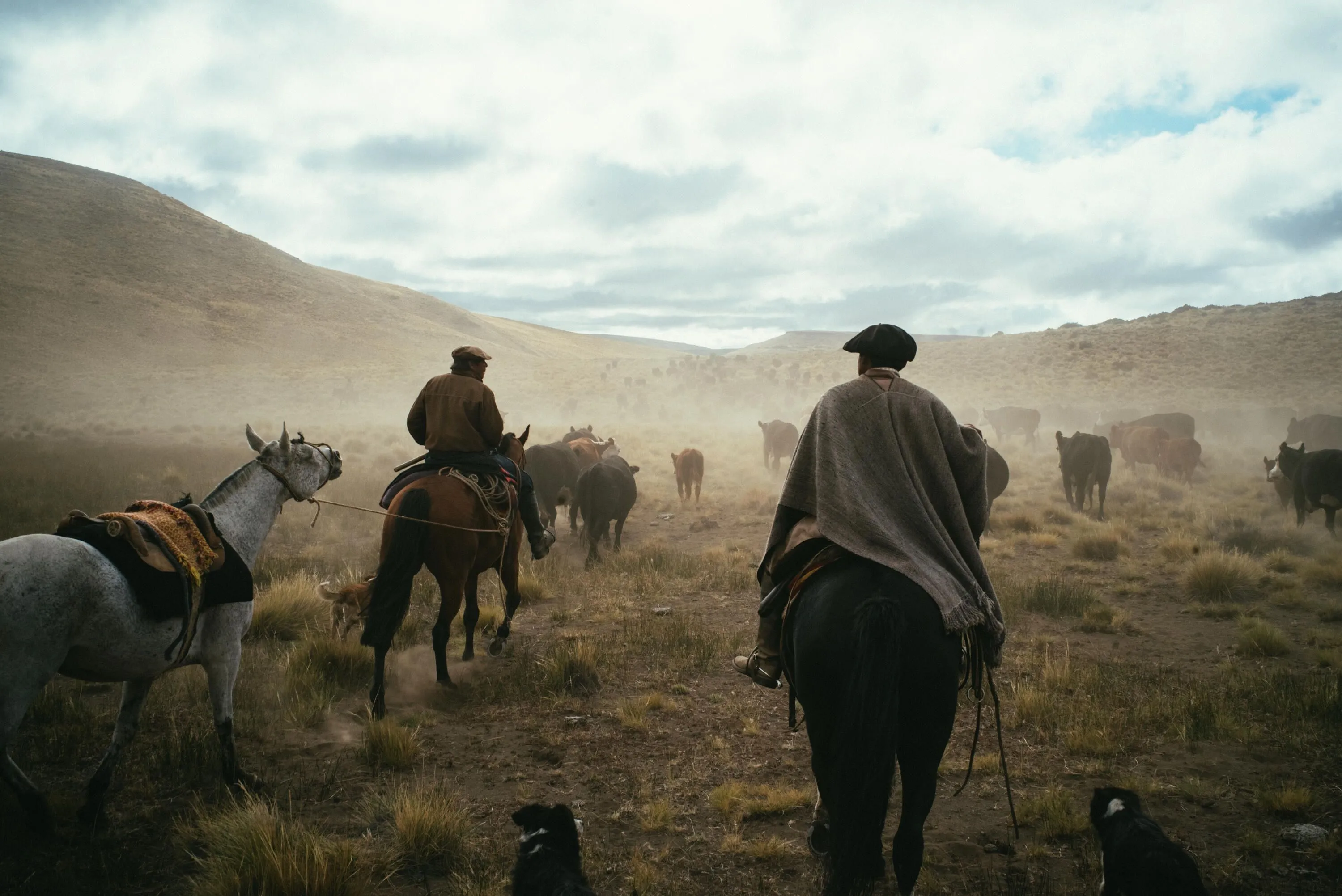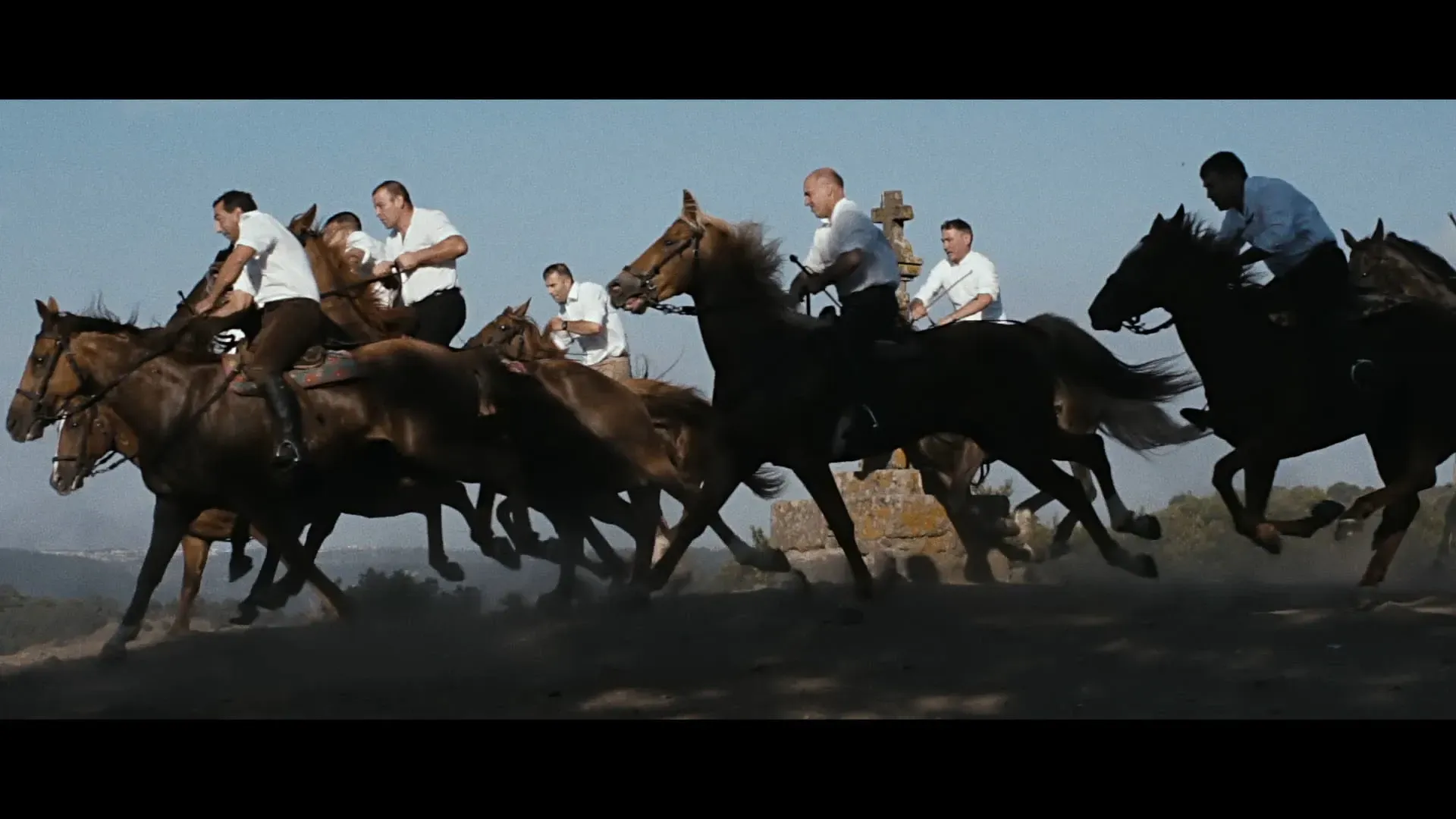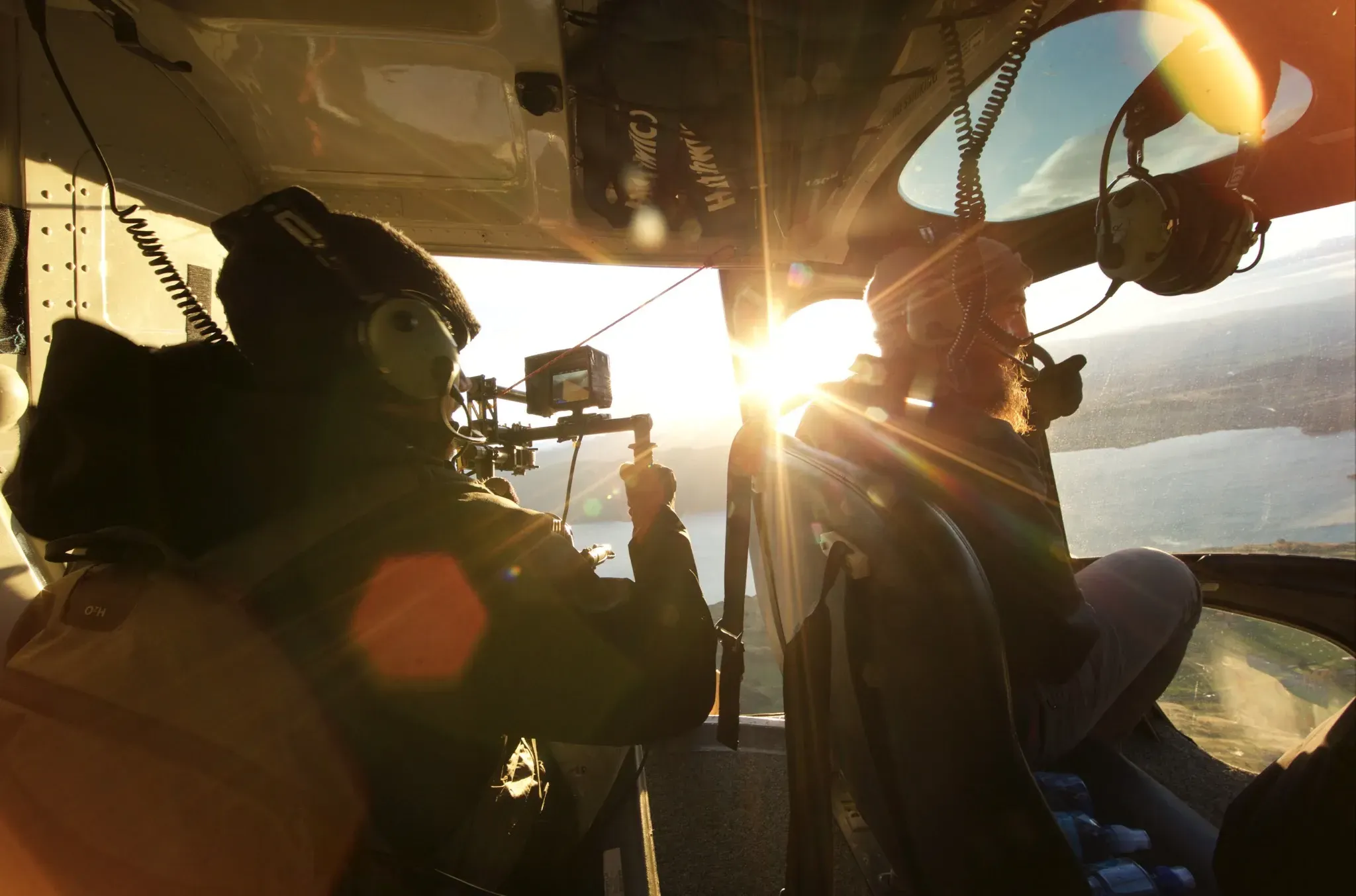Artful Anthropology
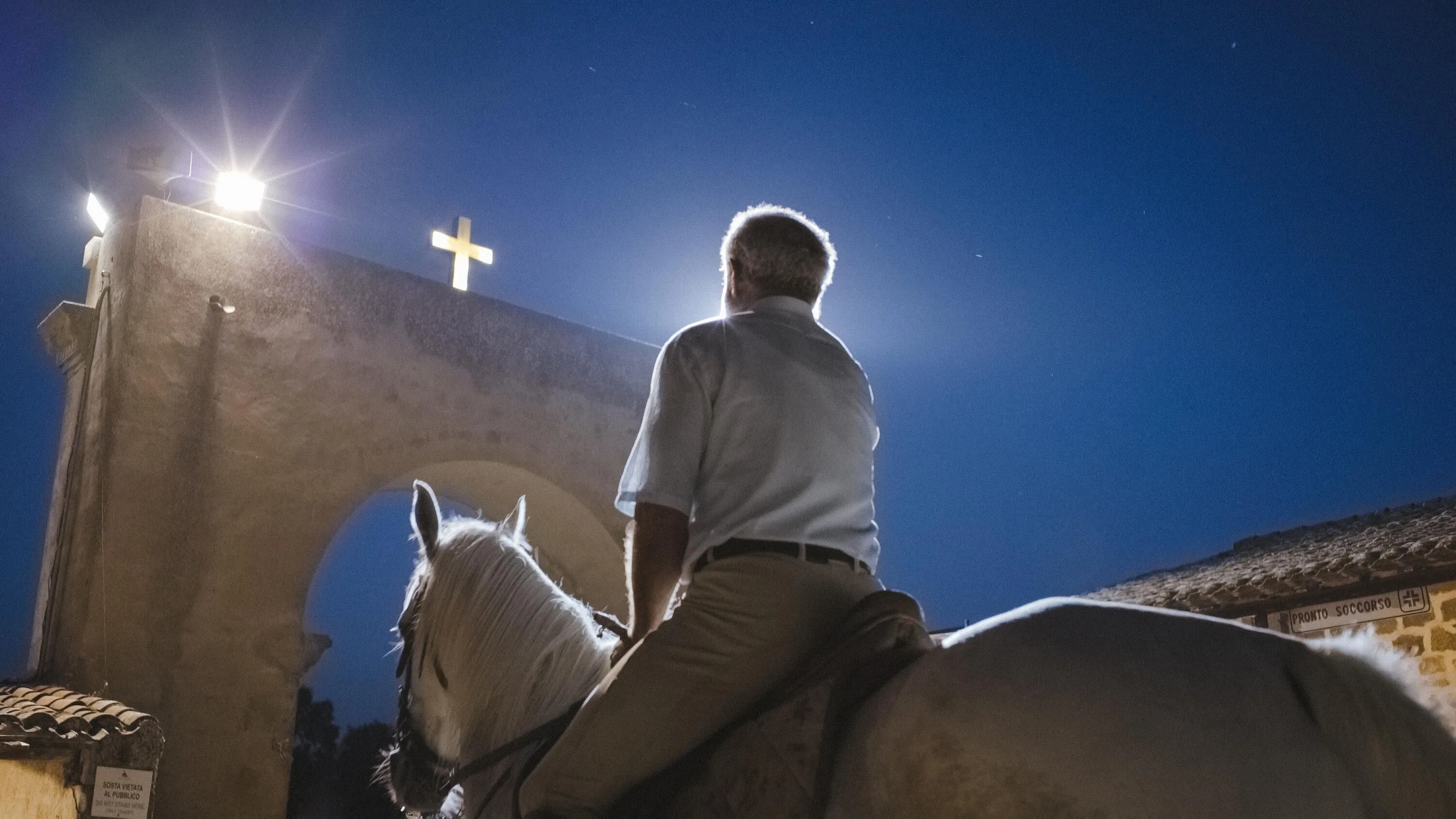
Even without his filmmaking career, Dan Sadgrove is a fascinating person.
He’s one of the few people you’ll meet who has spun a globe, stopped it with his finger and gone to live in the place his finger stopped on. Now, he’s been to so many places, he can’t remember which place that was - Kuala Lumpur, perhaps, he says.
Sit him down for a beer and Sadgrove will tell you a dozen stories about his time surfing in Mexico, backpacking through West Africa, climbing Kilimanjaro, camping in Wadi Rum Desert with the Bedouins and sitting around a fire with Gauchos on a 100,000 acre Patagonian ranch.
His documentaries reflect his voracious interest in different cultures. He’s always been curious, but his curiosity grew to fascination when he began studying Anthropology at the University of Auckland. His studies focused mainly on the Pacific, and the way so many cultures were forcefully banished in favour of monolithic religious ideals made an impression on him.
“History is littered with practices that are lost from the embers of conquest, not just in the Pacific but all over the world. Mexico and South America have a particularly devastating history. I think anthropologists have an important role in the preservation of cultures for rehabilitating languages and practices that have been buried through religion and conquest.”
Today, he enjoys seeing the renaissance: an emphasis on preservation and protection of culture around the world. Even though he graduated years ago, he still studies Anthropology in his free time. His travels have extended his curiosity throughout Africa, Asia, Europe and the Americas. And he’s as much an anthropologist with a camera as he is a filmmaker.
And a damn successful one at that. His film Garage Romantic won the Best Short at the 2021 Doc Edge Awards, qualifying it for the Oscars.
To find his stories, he looks everywhere. In magazines, books, through word of mouth out in the world observing. “I use documentary filmmaking as an opportunity to learn about something,” he says. “I just do it with a camera.”
Alt Control
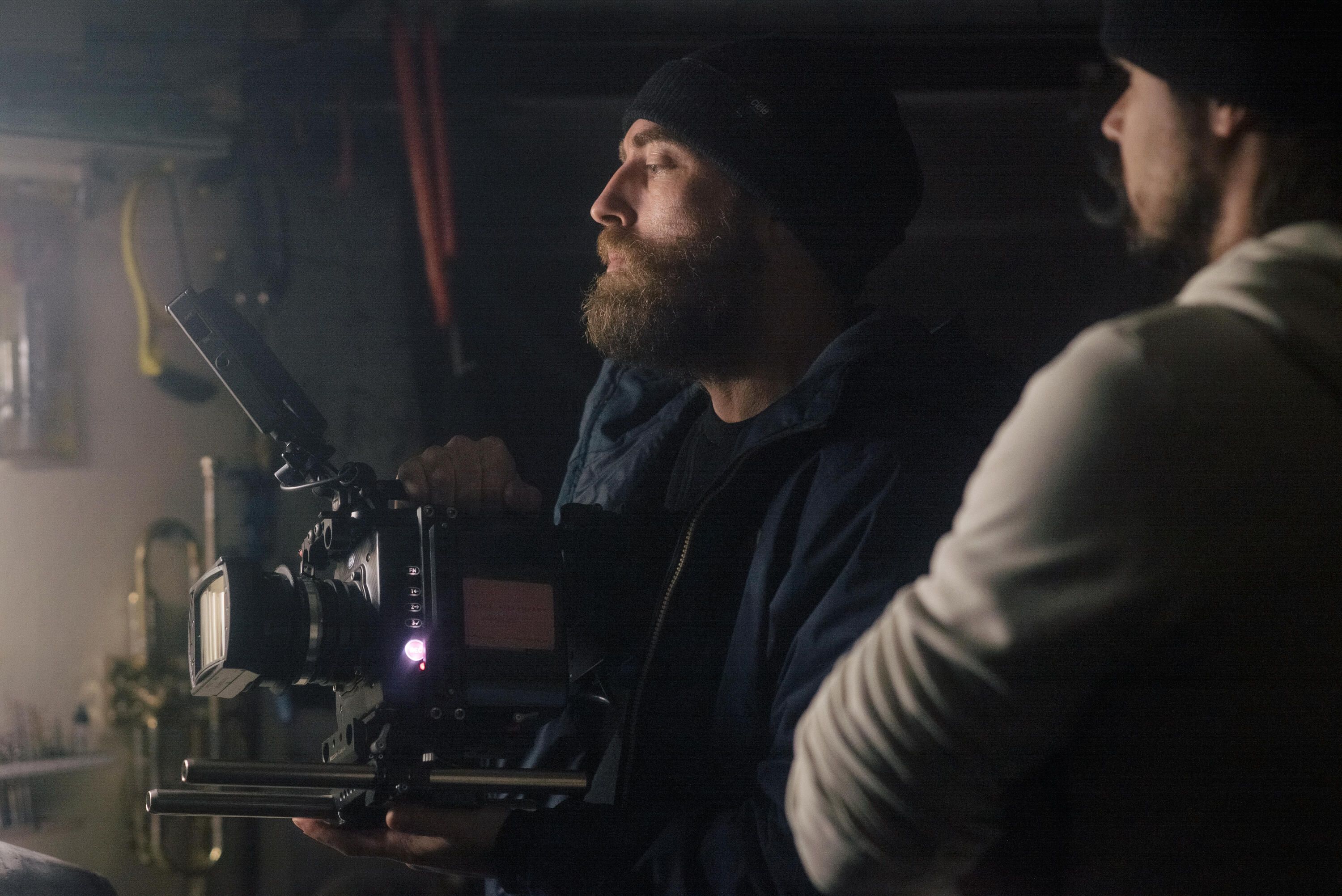
Dan Sadgrove.
Yet when Sadgrove started out, he was working in less than ideal conditions. He was studying while working four jobs to survive. Including a volunteer position for Alt TV, a privately owned NZ music channel that featured alternative and unsigned music content. When he finished studying formally, they offered him a job.
And still, Sadgrove found time to make his first film: a documentary about a silver-haired club-hopping gentleman who attended all Auckland's hotspots in white suits and gators to dance all night, then host an Alt TV talk show at midday on Wednesdays where he would rant about the state of Auckland - Queen Street in particular.
One day, said gentleman quit the show and said he was going to run for the Mayor of Auckland, and Sadgrove filmed his campaign. He went to all the big debates sitting beside John Banks, Sadgrove says. “He used to picket on K Road shouting at the intersections. He was passionate - I’ll give him that - and he didn’t come last in voting, which was a bonus.”
That particular film has been lost to the ages with the theft of Alt TV’s computers and the breakdown of a hard drive, but it’s the sort of eccentric, riveting story Sadgrove is always on the hunt for. However, he emphasises that you can’t wait for something like that to come along if you want to be a filmmaker.
Don't wait for a subject
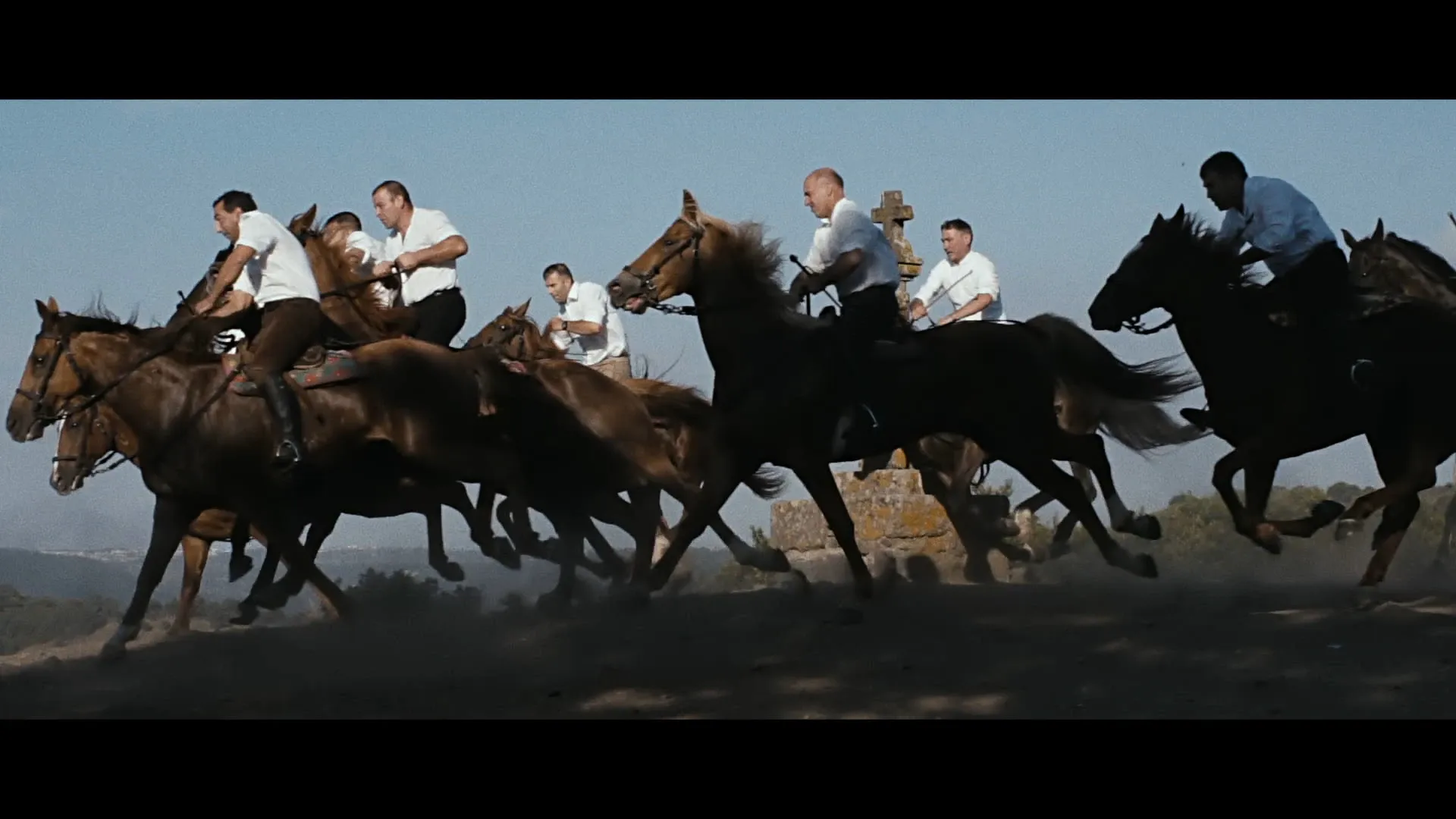
Still from Sardia e Sardia.
In fact, Sadgrove has spent long stretches of his time without anything or anyone to film, and still managed to make a doco.
“Even if you don’t have anyone to shoot, just point the camera at something that interests you. There really is no excuse. I was on a solo three-month road trip in America and just started filming sunsets, driving, timelapses etc. I didn’t have anyone to film as I was staying in National Parks and Forests most of the time, so I just filmed the landscape and turned that into a film.”
Nor can you rely on your gear to make your work great - Sadgrove has used cameras from the most basic to top of the line - RED, Arri, Sony, old Panasonic VHS cameras, Canon 5ds, iPhone, Mini DV, Sony A7S II.
And having tried all those, Sadgrove has come to the conclusion that the best camera is the one you have. “I’ve realised that it doesn’t really matter what camera you use these days, they’re all pretty good and will give you ‘good enough’ options in the edit.”
All the while, being a ‘self-funded’ filmmaker, Sadgrove made his own camera rigs from hardware stores, so gear really isn’t everything. You can have the fanciest camera in the world, or your phone camera, but as Sadgrove points out, “ultimately, it’s the operator who makes the images.”

Patagonia Ranch.
Sadgrove’s own skill with a camera is evident in his work, and his photography of an off-grid horse ranch in Patagonia has been featured in National Geographic. And though there is no fast-track cheat-code to get that skill, Sadgrove reckons it comes down to experimentation and being willing to fail a lot.
“Lots of the time it looks bad, but every so often you find an interesting effect, or the genesis of an effect you can expand on again.”
Shooting from the hip
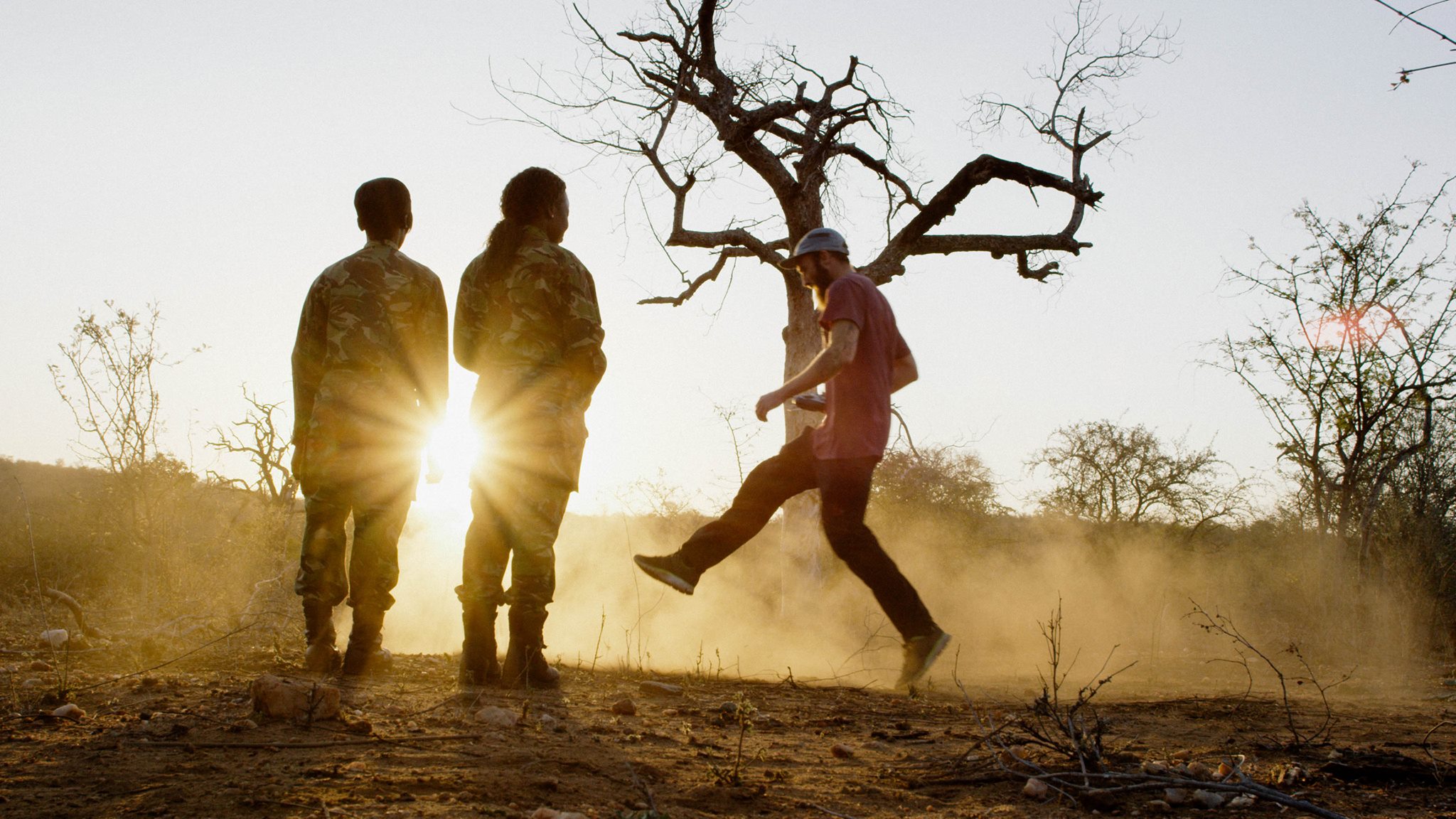
Behind the scenes of The Rhino Gaurdians.
Sadgrove’s advice is that you only use a small fraction of what you shoot in the edit anyway. And what you don’t use counts as experimentation - a crucial ingredient that eventually results in great composition. Not everything you shoot has to be perfect, and until it is, just show off the best of the best.
He also recommends aspiring filmmakers get into shooting 35mm film to hone the craft of creating a shot. “Being limited to 36 shots per roll gives you pause to consider each frame. You put a lot of thought into how you frame things and what you want to say. You quickly become aware of what you like.”
Another learning tool in Sadgrove’s kit is asking his heroes for advice, or even seeing if they’ll help you on a project. Sadgrove reached out to Hanan Townshend, a composer who has worked on international feature films and worked with Terrance Malick and Emmanuel Lubezki, getting him on board for Last Exit to Elsewhere and The Rhino Guardians among others. He reached out to Ólafur Darri Ólafsson after seeing him on True Detective and got him to do voice-overs for his films With Dust on your Face as you Strike the Match and The Violence of Crowds.

Behind the scenes of The Violence of Crowds.
“These are not funded films either,” adds Sadgrove. “They are made with no budget. It’s often just me and a camera going out there with an idea and asking who wants to be involved. If you can sell the idea, you'd be surprised at who says yes.”
That confidence in the stories he tells and the genuine curiosity about the world show through in the final project. He’s made films halfway across the world with great gear, celebrity collaborators and captivating stories about captivating people. But he’s also made films with next to no time, no budget, no one to film and as little gear as the phone in his pocket. “It really is as simple as just going out and shooting.”
